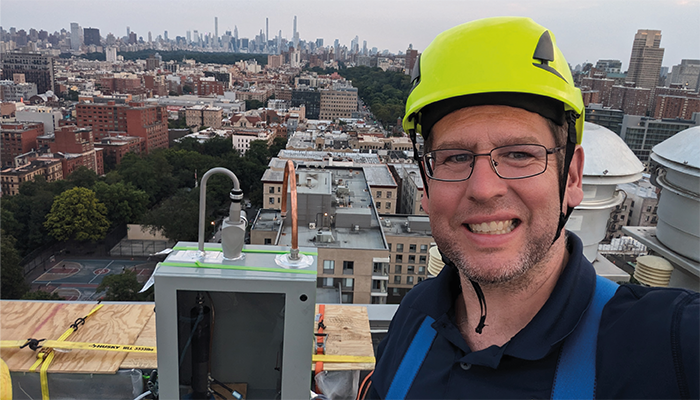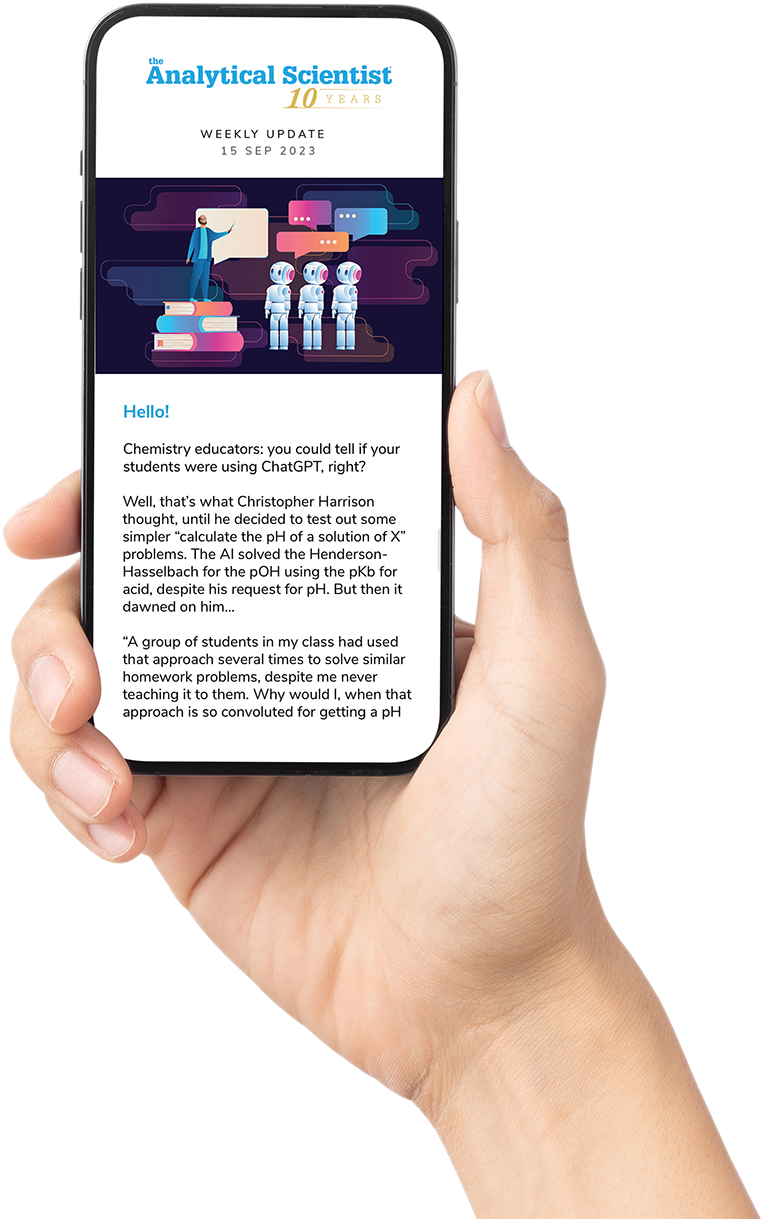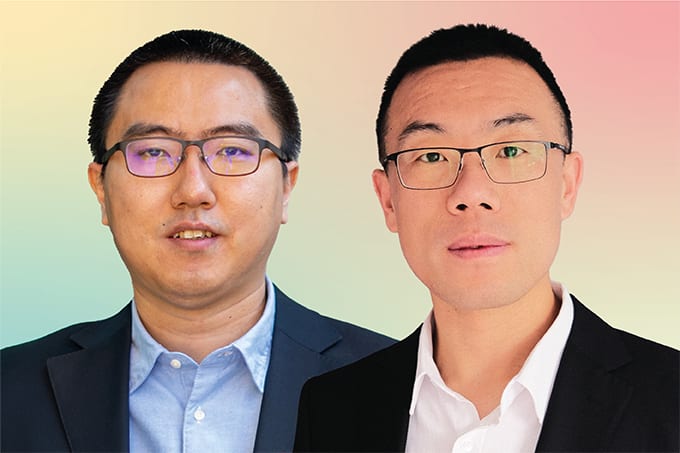
Credit: Supplied by Interviewee
Could you describe your main research aims in a nutshell?
The Ault Laboratory aims to use advanced analytical instrumentation and novel methods to understand the impact of atmospheric aerosols from a wide variety of sources on human health and global climate.
What is the biggest challenge in environmental analysis today and how can we overcome it?
One of the biggest challenges in environmental analysis is understanding human exposure to a range of emerging and changing pollutants. From my perspective, inhaled pollutants are critical to understand, as our lungs are much less adept at handling novel toxins and pollutants in comparison to exposures to our gut or skin, where the body is more prepared to face unexpected exposures. This is why our bodies are often many times more sensitive to inhalation exposure versus ingestion or dermal exposure.
As analytical chemists, we know that the body responds to distinct chemicals differently, but our environmental regulations for air pollution exposure are dominated by mass concentrations (e.g., particulate matter less than 2.5 µm, known as PM2.5), irrespective of chemical composition. This means that 10 µg/m3 of sea spray particles from the ocean are considered as harmful as the same concentration straight out of a truck’s tailpipe, which intuitively to an analytical scientist doesn’t make a lot of sense. The reason these regulations are based on mass and not composition is that we currently lack robust and inexpensive measurements of aerosol chemical composition. While we have made strides with expensive instrumentation in the US and Europe, if we want to protect the whole planet and a lot of the global south that has not had the same access to advanced measurement, we need to address this issue. I am optimistic that analytical science can have an incredibly positive impact on human health globally.
How would you spend a $1 billion research grant?
I think with $1 billion dollars I would launch a global atmospheric monitoring system that combines both the latest analytical instrumentation with established monitoring technologies with a focus on under sampled regions of the world, particularly the global south. So often, the idea of long term measurements is not viewed as “exciting” or “sexy”, but they are invaluable and very difficult to establish and maintain. This network would include both urban and more remote areas, which are often within different networks measuring different things, but by bringing them together would help develop a larger picture view of air pollution on a global scale.
Distinct from current networks, I would allocate a large fraction of the funds to analytical measurement development, which could be tested at specific sites before broader adoption and implementation within the network. By streamlining the process from initial testing to broader implementation, we could advance our understanding of the climate and health challenges from aerosols and air pollution in an accelerated manner.
What is the biggest challenge facing the field right now?
My biggest fear is that so much instrument development has been outsourced from academic laboratories to industry due to the riskiness of building new instruments for early career faculty. The incentives are not there for someone starting a lab to build something truly “new”, when it is so much easier to just buy the latest commercial instrument with all the bells and whistles. Not that those commercial instruments cannot do amazing things. However, we have truly entered in an amazing era with cheaper lasers, 3-D printing, and better electronics, but the incentive structure is not there for those in academia to risk building something truly novel when they can team up with an instrument manufacturer and just buy their latest model. Often the funding for “new instrumentation” is for really big, really expensive concepts that are often years away from real world applications. More funding for medium-sized instrumentation development from my perspective is a gap in the funding landscape that could leverage the emerging capabilities and lower costs of components in the analytical space for those wanting to try high risk, high reward ideas.
What’s missing from the analytical toolbox?
Where analytical scientists can help address these global environmental challenges is by generating high quality data with lower cost instrumentation. In the atmospheric space we often have a choice between low quality data from really cheap sensors (with numerous flaws) or really expensive instrumentation that provides amazing analytical detail. Analytical scientists have the potential to provide a middle ground with chemical information that instrumentation can be deployed widely, but not be so expensive that it is inaccessible to 99% of researchers. The advances in 3-D printing and miniaturization through microfluidics have amazing potential in this space. A contribution my laboratory is working on is providing low cost size separation (3-D printed aerosol cyclones) and low cost aerosol collection into microfluidic devices. These types of efforts are needed to leverage the amazing lab-on-a-chip advances in the past decade.
Tell me about an important problem that could be tackled through interdisciplinary work.
An important problem that is impacting the environment globally, is the expansion of harmful algal blooms across a range of locations, from cyanobacteria on the Great Lakes to blooms off the coast of China with high nutrient runoff to emerging patches of sargassum in the Atlantic. In fact, harmful algal blooms have been observed in all 50 U.S. states. This is an informative example of when a changing climate has impacts beyond warmer temperatures or rising sea levels. In this case warmer temperatures and increasing or changing nutrient loadings are leading to more intense blooms that can be toxic or lead to unexpected health impacts. For example in Toledo, Ohio a few years ago a harmful algal bloom producing microcystin (a liver toxin) got into the municipal water supply and led residents to having to drink bottled water for days. I’m excited to be a part of an interdisciplinary team as part of the Great Lakes Center for Fresh Waters and Human Health which brings ecologists, chemists, atmospheric scientists, and limnologists together to try and understand these blooms and the exposure risks from water and air to local communities. This is just one example of how interdisciplinary teams can tackle emerging environmental threats.
Andrew Ault is Associate Professor, Department of Chemistry, College of Literature Science and the Arts, University of Michigan, USA




